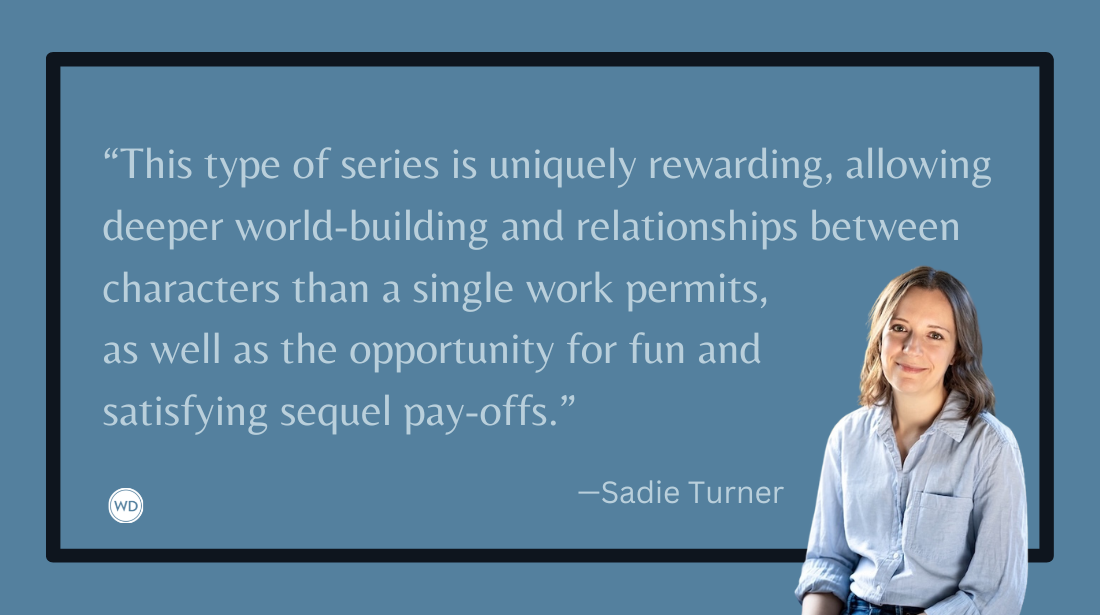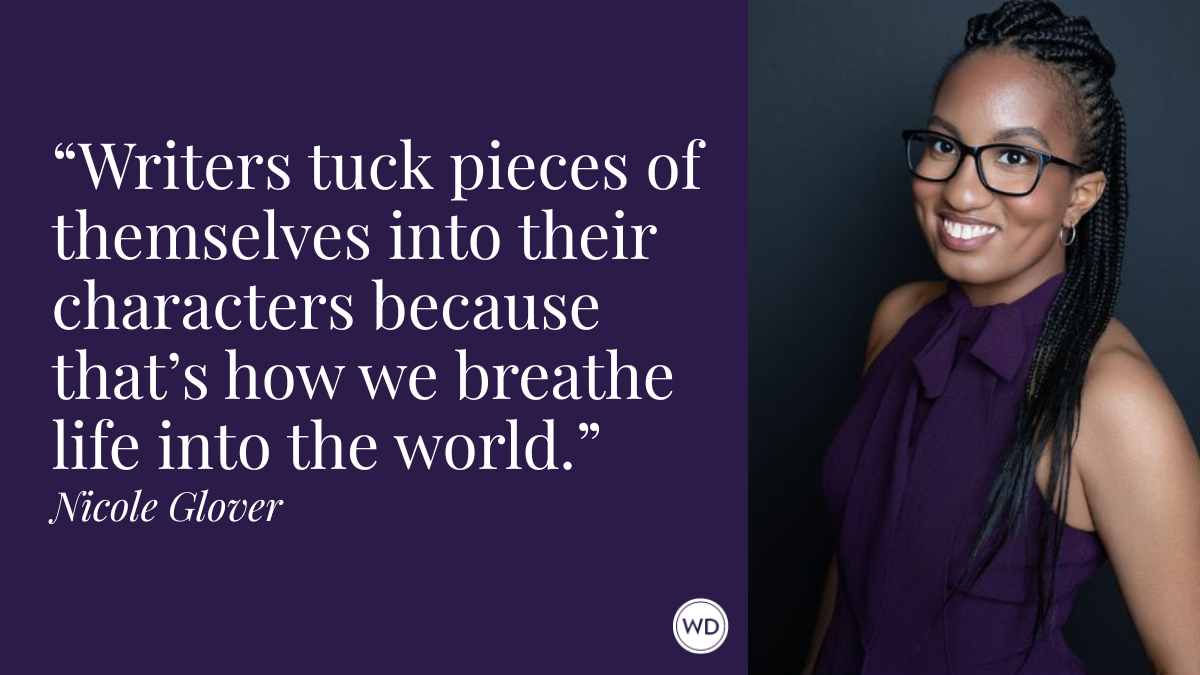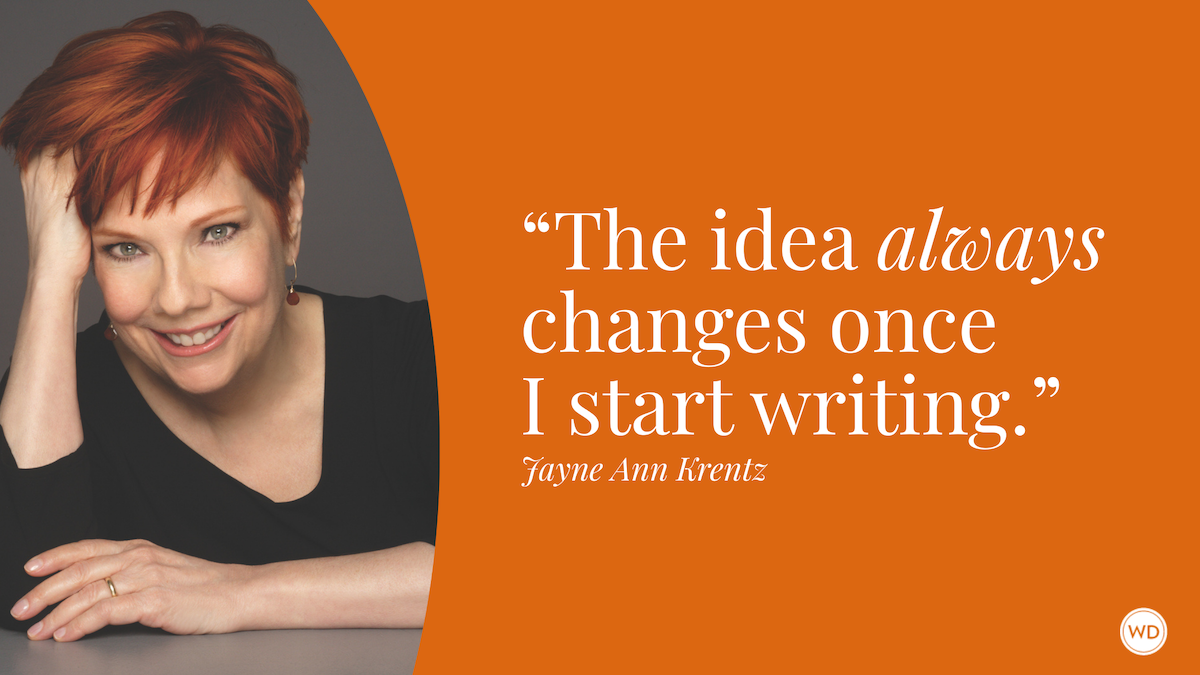How I Handle In-Person Research as a Thriller Writer
Bestselling author Elise Hart Kipness breaks down how she does in-person research (like at the US Open) as a thriller writer.
I had been to the US Open Tennis Tournament many times. Both as a fan and a sports reporter for Fox Sports Network. Still, I thought it important to return when I decided to place my third Kate Green book, Close Call, at the tournament. After all, the lens of a crime fiction author is different from that of a fan or a reporter.
Case in point. My son and I were watching a match on the outer courts when something on the concourse caught my eye. I bolted. Pushing through the stand and upsetting the court usher by my abrupt exit. When I returned to the seats, my son asked me what was so intriguing. I pulled out my phone and showed him a photo of a giant refrigerator being wheeled toward the exit on a dolly.
“What a great place to hide a body,” I whispered, with a big smile.
Sure, I was at the match to remind myself of the spectacle and grandeur of one of the most electrifying sporting events in the United States. An event filled with athletic prowess, celebrity sightings, and player tantrums. The greatest professional tennis players in the world who put it all on the line in single elimination battles on the biggest stage in the country. But still, a thriller writer is constantly looking at things sideways.
And it’s not just about finding the perfect place to hide a body. Sometimes it’s about the smaller things. The minuscule detail that can transport a setting through the pages to the reader. Personally, I’m looking for a nugget that is so specific it can bring a place to life. Add color and vibrancy. The 20-something man in a suit who knocks into my main character, spilling beer on her, and then acting like she’s at fault. Or the way a player taps her toe with the racquet before every game point.
In Close Call, the tennis stars’ entourages play a pivotal role in the story. So while my son’s eyes were on the action on the court, I kept my gaze on the players’ boxes. Did the coach show emotion after each point? Did the spouse pay attention to his wife or scroll through his phone? What went unsaid during the changeovers? And where were private areas to collude?
We found one when we opted for ice cream for lunch. Instead of going to the main food court, we wandered to a more isolated area toward the edges of the grounds and discovered the oddest thing. Lawn furniture set up under the stands of one of the smaller courts. It was the kind of furniture you’d expect to find in someone’s backyard during a BBQ.
What a great place for Kate to bring someone for a private conversation, I thought to myself as I ate my coffee ice cream. An unusual spot at a highly visible event. A good place to contemplate a response to a kidnapping, perhaps?
Now don’t get me wrong, I also took note of the regular stuff. Paying particular attention not just to the sights, but the sounds and the smells. The crack of a forehand as a player hit a winner down the line. The smell of hot pretzels at the concession stands.
But still. As a crime writer, we are who we are. So while my son watched the third set of a tight match at the great Arthur Ashe Stadium, I couldn’t help but look upward. My eyes studying the skycams suspended by cables. And I found myself wondering–what if the cable broke? What if it was sabotage? Maybe a conspiracy? Murder? Hmmm…
Check out Elise Hart Kipness' Close Call here:
(WD uses affiliate links)
Elise Hart Kipness is a television sports reporter turned crime fiction writer. Across her sports career, Elise covered the Olympics, NBA Finals, March Madness, World Series, and US Opens (for golf and tennis). Her debut novel, Lights Out, was an Amazon bestseller and Men's Journal top 10 book of 2023. The second novel in the series, Dangerous Play, released in September 2024.









